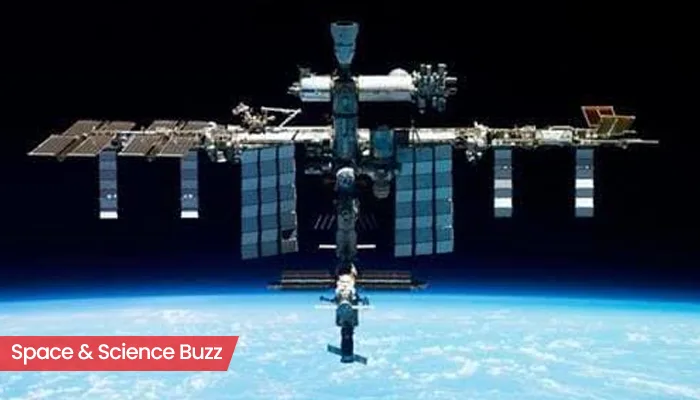
Here are today’s most important updates from the realm of Science and Space.
Life Finds a Way: Key Human Health Components Thrive in Spaceflight
Good news for astronauts, as new research finds that microbes essential for human health can survive the extreme conditions of spaceflight. The study published in the journal npj Microgravity offers crucial insights for the astronauts planning for long-duration space missions like those to the Moon and Mars. For the study, researchers launched spores of Bacilus subtilis into space and studied them once their rocket fell back to Earth. These bacteria are essential for human health. According to the study, the bacteria spores survived rapid acceleration, short-duration microgravity and rapid deceleration.
GalaxEye Sets Its Sights on 2026 with Mission Drishti Satellite Network

GalaxEye, an Indian space-tech startup, has announced the upcoming launch of its maiden satellite mission, ‘Mission Drishti,’ scheduled for the first quarter of 2026. The launch will spearhead the company's ambitious satellite constellation program, which envisions deploying 8-12 satellites by 2029. The ultimate goal is to achieve near real-time Earth observation capability for various global applications, a leap set to revolutionise geospatial intelligence. Mission Drishti is pegged as India’s largest privately built satellite, weighing 160 kilograms, and is also the country’s highest-resolution satellite to date. It pioneers the use of GalaxEye's proprietary SyncFused Opto-SAR technology, integrating both synthetic aperture radar (SAR) and high-resolution optical sensors on a single platform.
New Study Reveals: Staying Social Could Be the Key to Staying Young

One of the most surprising factors influencing ageing is our social life. It turns out that staying connected to others could slow how fast we age. We might stay healthy for longer and only experience those diseases in the last few years of life, feeling younger and better overall if we socialize in better way. People with stronger social connections tended to show slower biological ageing and lower inflammation. Altogether, the study adds to growing evidence that our social connections are closely tied to how we age. For our ancient ancestors, belonging to a group wasn't just about company – it was key to survival. Working together kept us safer, helped us find food and supported our wellbeing. It makes sense, then, that our bodies have developed to thrive when we're socially connected.
Nature’s SOS: Nearly 50,000 Species on the Brink of Disappearing Forever
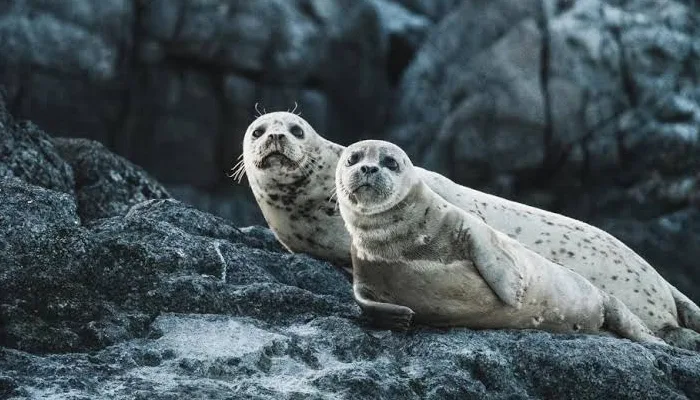
The International Union for Conservation of Nature (IUCN) said habitat loss driven by logging and agricultural expansion as a threat to birds, while seals were at risk mostly due to global warming and human activities including maritime traffic. The IUCN said it was changing the status of the hooded seal from vulnerable to endangered while bearded and harp seals are now classified as near threatened. The IUCN red list now includes "172,620 species of which 48,646 are threatened with extinction," it said in a statement. Global warming is destroying the natural habitat of animals including seals that live in the cold parts of the world. Maritime traffic, mining and oil extraction, industrial fishing and hunting are among other risks to the species.

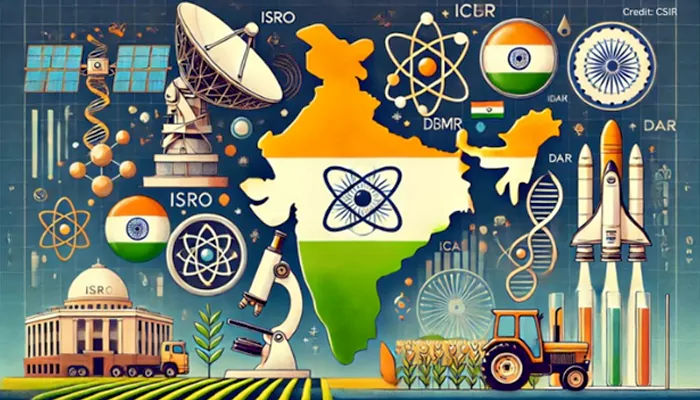

.webp)
.WEBP)
.WEBP)
.webp)
.webp)
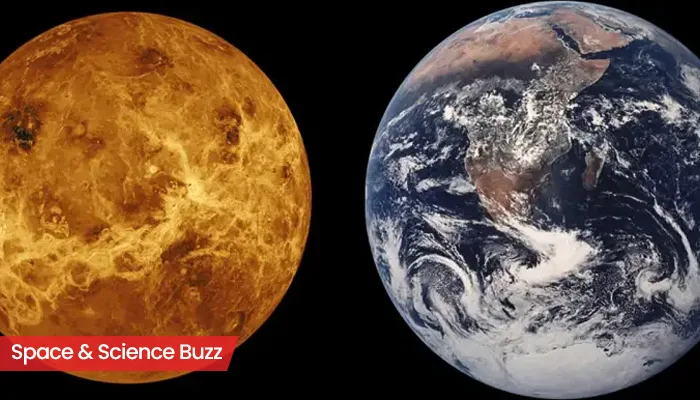
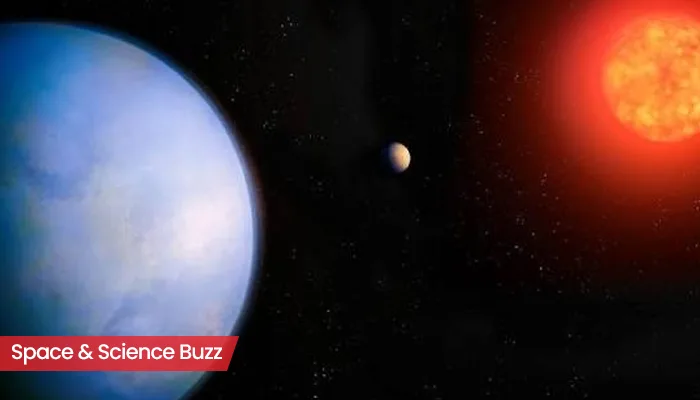
.webp)
.webp)
.webp)